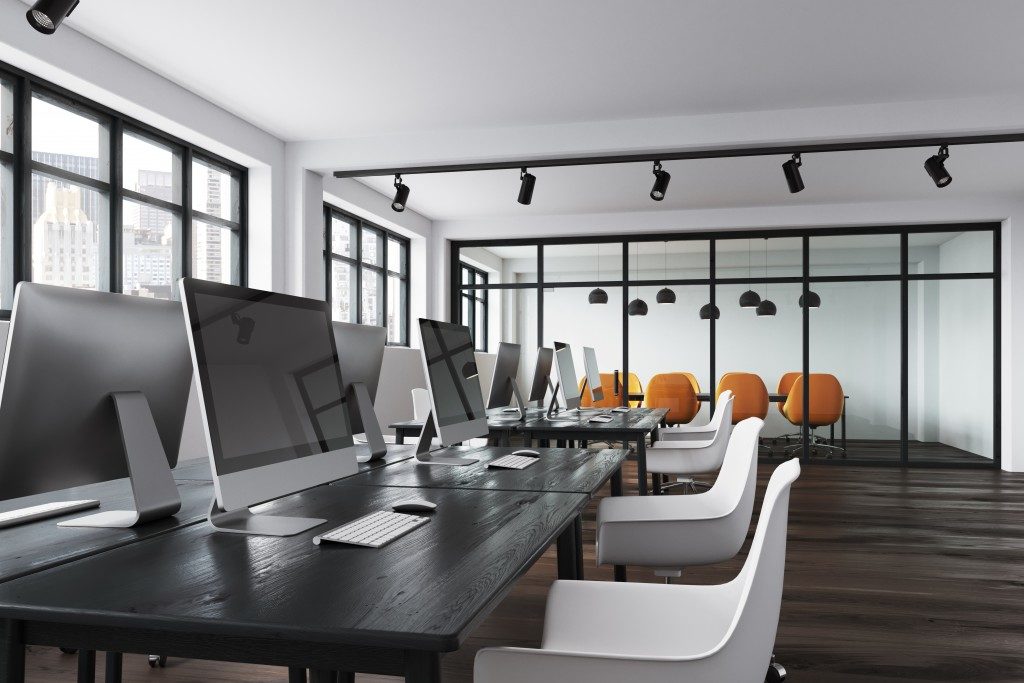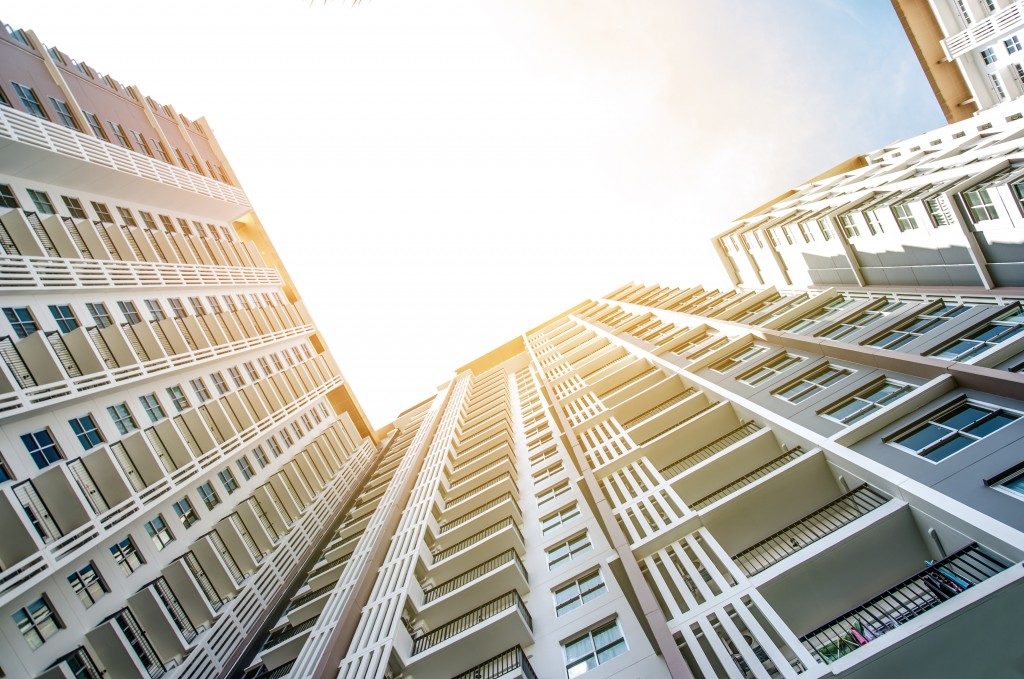It’s a bold, brave move to start your own business in the Philippines. Especially when a 2018 study revealed that the Philippines was the 2nd most unfriendly country to startups. This study polled on various factors, such as business climate, cost, economic health, and trust in public institutions.
Clearly, you’ll come across several challenges in establishing your company. A primary issue will be the cost. As such, you need to determine whether certain expenses are worth the investment. In this case, can you afford to fund an office space purchase or would renting work for now?
Where Do You Start?
This big financial decision can impact how you run your startup and how it’ll fare in the long run. So you’ll want to think about this carefully and consider the following:
Count Your Prospective Employees
If you intend to hire a few people, you need to think about how many you need in your team. A rule of thumb for small businesses is to allot a 10 percent to 20 percent adjustment to the total estimated area.
Small offices have an average size of 100 to 250 square meters. Depending on your business and preferences, this number can go higher or lower.
Startups typically begin with a lean staff; some may even run with two or three people in beginning. A small-scale business can produce lucrative results with the right skills and experience. If you intend to start with few people and add more to the team, you may need an office space that addresses this plan. You wouldn’t want to be tied to a year-long lease in a cramped office space if your organization suddenly requires more people.
Determine Rates in Your Locality
Now that you’ve got a rough estimate of the size of the office you want, the next step would be to look at prices. Compare the monthly rental rates and the sale price of the offices in your location.
Compute for the long run; determine costs and expenses. Rentals for office spaces span six months to a year in a lease contract. The price set around the first contract can change depending on the state of the real estate market in the area. If the real estate market is improving and the values of homes and buildings are increasing, then your monthly rental rate may increase as well.
Makati has the most expensive monthly rental rate among all the central business districts in Metro Manila, with a rate of more than P1,419.68 per square meter. According to a recent report, Ortigas has the least expensive lease rate in the market; Alabang CBD and the Bay Area follow. The report further states that rental rates in NCR have crossed the P1,000 mark.F
Meanwhile office spaces for sale, though ultimately costs more at first glance, might actually save you money in the long run.
Are You Bothered by Rules?

Another thing to consider is potential restrictions. Renting an office space means you answer to a landlord, and have to abide by his set of rules. Whereas if you own the space, the only rules you have to follow are the ones set by the city and the standard building codes. If you’re more comfortable with one over the other, then that might help you decide on which is better.
As a startup company, financial decisions could make or break your business Consider your options well, and maybe seek help from professionals, like financial planners, for further guidance. Analyze your finances and know more about the market of your business to determine the business’s future. Whether you decide to rent or buy, get as much information as needed before signing an agreement.



